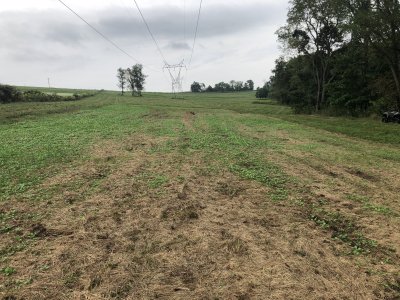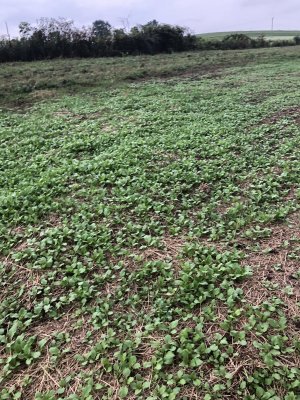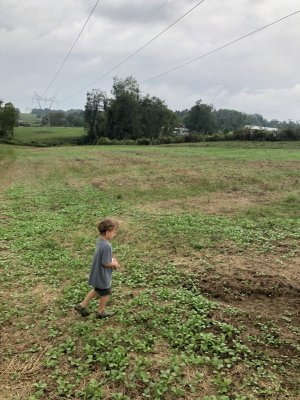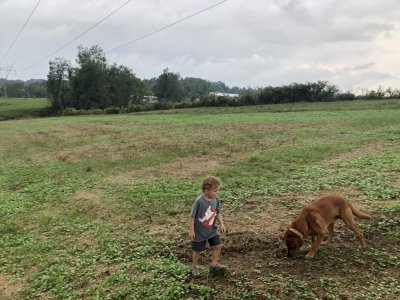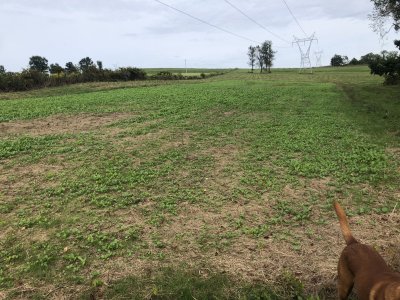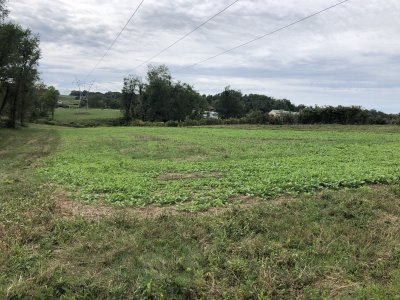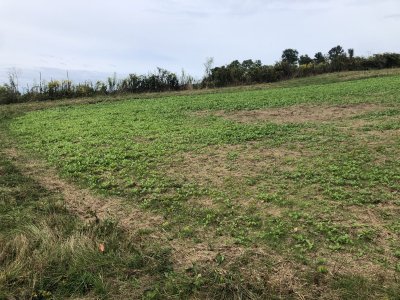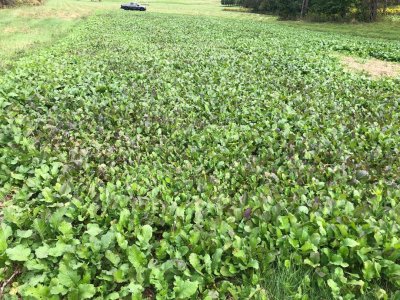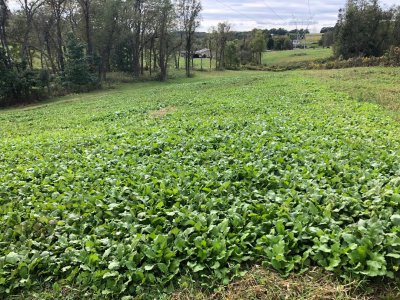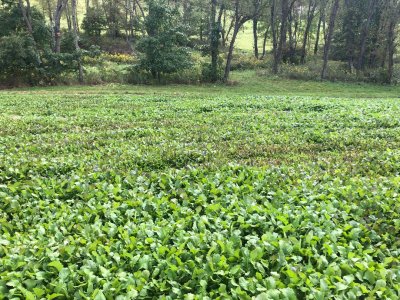You are in AG town there my friend...... Good plan to plant something the farmers dont have around in the area... however, ask a local farmer if he can help you out. When he's discing in the srping, maybe he can run as pass for you. When he applies lime in the winter, maybe he can put some out for you. What he does may or may not match up what he is doing.
Also, you got bald spots? tos some winter rye and clover in there and sratch it up with a rake real quick or tamp it down.
That groundhog maxx can be real rough on ATV's....... I personally have never used one, but I have a set of two behind discs and a set of spring harrows.
Derek on here does pretty good with just and ATV. Check out his posts for some great info. He is also in PA, so what he does will work well by you.
Clethodim kills grasses. There are numerous plants out there that look like grass, but is not. My enemy in the western adirondacks of NY is mace sedge. Alot of folks have similar problems with it too.
Your weeds tell you alot about your soil. Try your best to ID what you have. Also, putting fertilizer makes the soil fertile for both your wanted plants and unwanted ones..... Even using gly can promote tougher to kill weeds.
That is a nice plot of young turnips. Perennials clovers usually start off pretty slow. I like to mix white and red together. That medium red gets a pretty good head start while the white / pink ones usually take off the next spring. Clover that doesn't grow is commonly caused by planting it too deep. If I am planting clover into tilled soil, I usually spread the seed that like more than a 1/2" sow depth. then take some sort of drag and do one pass to level out the deep crevices. Dry soil usually levels out pretty good with discing, but when it's clumpy with moisture, those deeper spots can easily put a seed 2 inch or more deep when you level it out. I bolted 3 pickup truck tires together with a bit of chain. One quick pass with that or something similar, then I spread the seeds that need less depth like turnips. Turnips I'd run another quick pass after seeding. Clover might get too deep even with that, so I would spread 1/2 of the clover with the turnips, then do another quick pass with something to mix it in. After that I would spread the remaining clover right ontop of the soil, then either cultipack it in, or use the ATV tires to pack down the soil with the clover right ontop.
